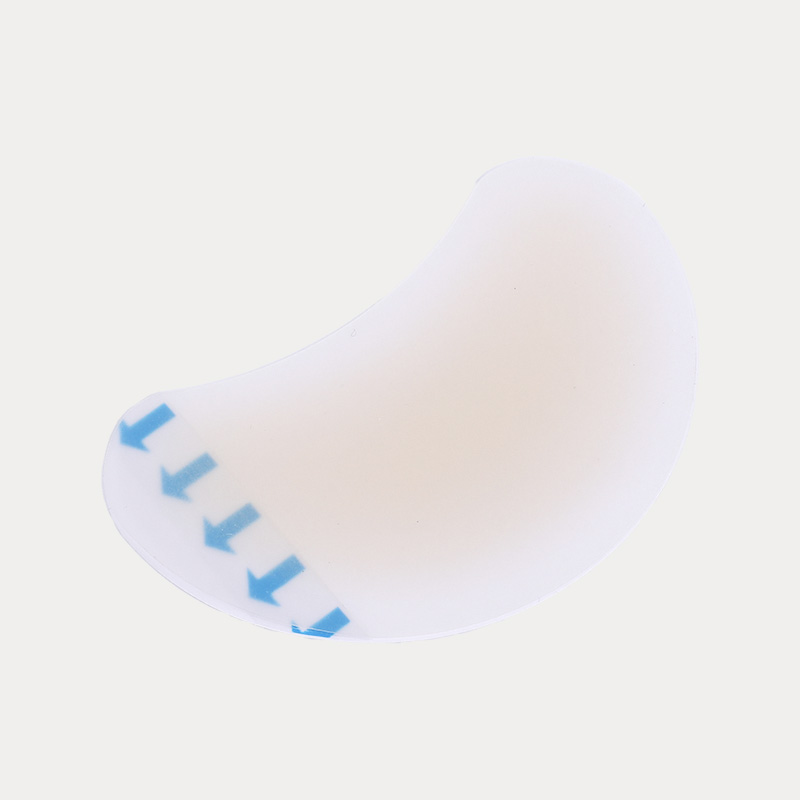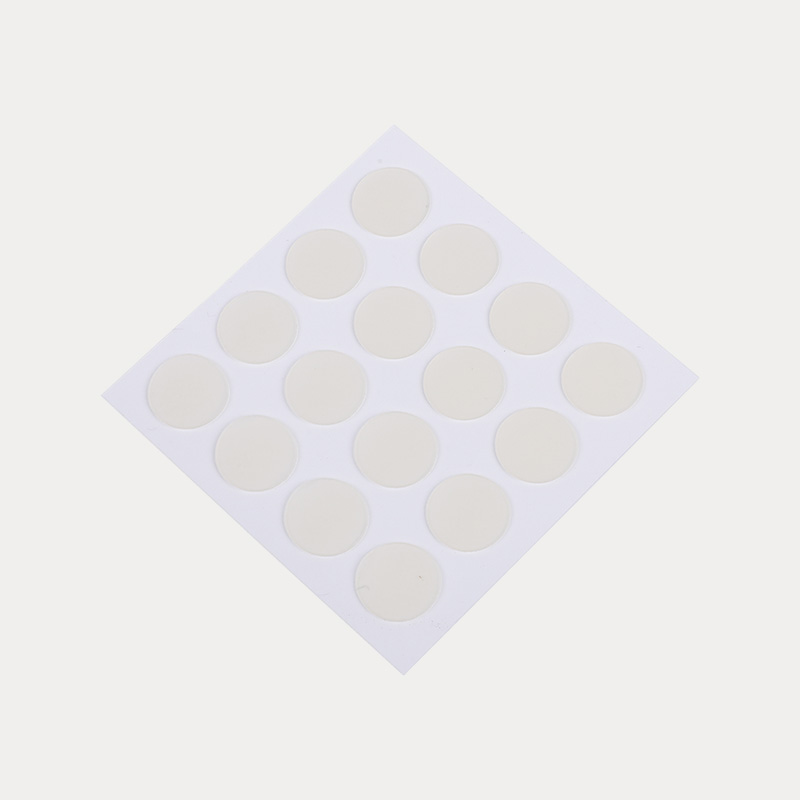As the prevalence of diabetes continues to rise worldwide, a groundbreaking study published in the journal Engineering has opened up a new path for the treatment of diabetic wounds (DWs). This study systematically sorted out the microenvironmental characteristics of diabetic wounds for the first time, and innovatively proposed an "on-demand responsive" intelligent bioactive dressing system, providing a new solution to this clinical problem.
Diabetes is a metabolic disease, and one of its complications, chronic wounds, is threatening patients' quality of life at an alarming rate. Data show that diabetic patients face a lifetime risk of 19%-34% of wounds, and the recurrence rate remains high. Professor Xue Yang, the corresponding author of the study and an engineering expert, pointed out: "Traditional therapies are difficult to cope with the complex pathological mechanisms of diabetic wounds, and the healing process is like falling into a vicious cycle - from abnormal platelet aggregation in the early stage to disordered collagen deposition in the later stage, there are bottlenecks that have not been broken through at each stage."
Through multi-omics analysis, the research team revealed that the diabetic wound microenvironment presents six major characteristics: persistent hyperglycemia, uncontrolled inflammation, biofilm infection, tissue hypoxia, metabolic factor disorders, and pH imbalance. Among them, the excessive accumulation of advanced glycation end products (AGEs) is like an "invisible pusher", which not only prolongs the inflammatory response but also hinders the function of keratinocytes and fibroblasts. What's more serious is that the alkaline environment of the wound becomes a breeding ground for bacteria, which greatly reduces the efficacy of traditional dressings.
To address these challenges, the new bioactive dressing adopts a "dual-mode" regulation strategy:
Passive response system: precise drug release is achieved through glucose-sensitive materials (such as concanavalin A), pH-responsive carriers, and antioxidant factors. Tests show that this type of dressing can reduce the expression of inflammatory factors in a hyperglycemic environment by 47% while stabilizing the pH value of the wound surface in the golden healing range of 6.5-7.2.
Active intervention technology: Integrate physical means such as ultrasound triggering, magnetic induction heating, and near-infrared photocatalysis to form a synergistic effect of "external field regulation-endogenous repair". Animal experiments have confirmed that magnetic thermal therapy can increase the density of new blood vessels on the wound surface by 3.2 times and significantly improve the local hypoxia state.
Clinical transformation: Bridging the gap from laboratory to bedside
Although the laboratory data is exciting, the research team admits that there are still multiple thresholds to cross from "proof of concept" to "standard therapy". The primary challenge lies in biosafety assessment, especially the long-term metabolic risks of nanocarriers in chronic wounds. In addition, the regulatory differences on smart medical devices in different countries must also be taken into consideration - the US FDA requires at least Phase 3 clinical trial data, while some developing countries lack relevant approval channels.
The study outlines three major directions for the next generation of wound management systems:
Intelligent response network: build a real-time monitoring system based on biomarkers to automatically release inhibitors when abnormal MMP enzyme activity is detected;
Bionic material innovation: Develop hydrogels with adaptive mechanical strength, which can not only keep the wound surface moist but also adjust the hardness as the tissue repair progresses;
Multimodal treatment platform: Integrate photodynamic therapy and a drug delivery system to achieve integrated treatment of "debridement-repair-scar prevention".
Amy Thompson, director of the Center for Regenerative Medicine at Johns Hopkins University, commented: "This research marks a paradigm shift in wound management from 'one-size-fits-all' to 'precision medicine.' When dressings can sense and regulate the microenvironment like 'smart skin,' we will truly rewrite the clinical outcomes of diabetic wounds." As the global aging process accelerates, this medical revolution occurring at the nanoscale may bring the hope of regaining health to hundreds of millions of patients.

 English
English عربى
عربى Español
Español русский
русский 中文简体
中文简体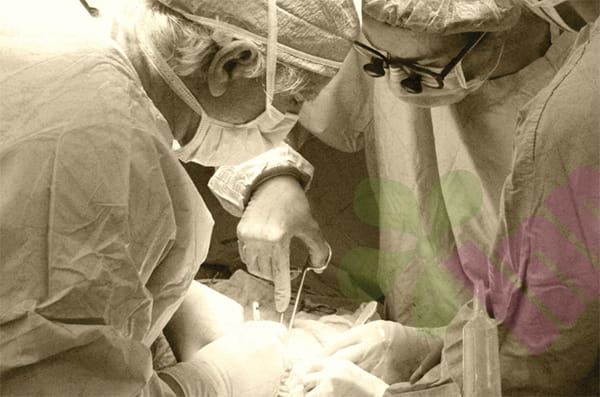

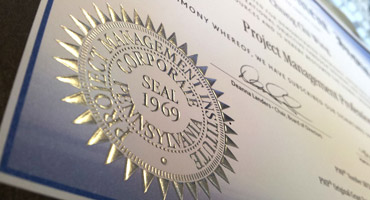
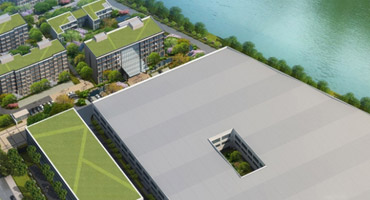



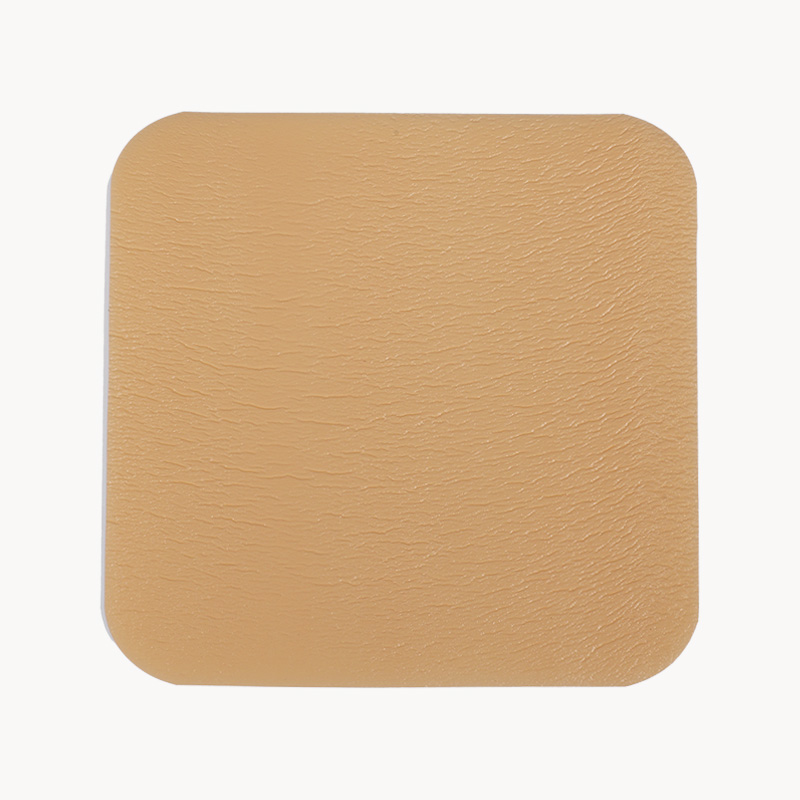
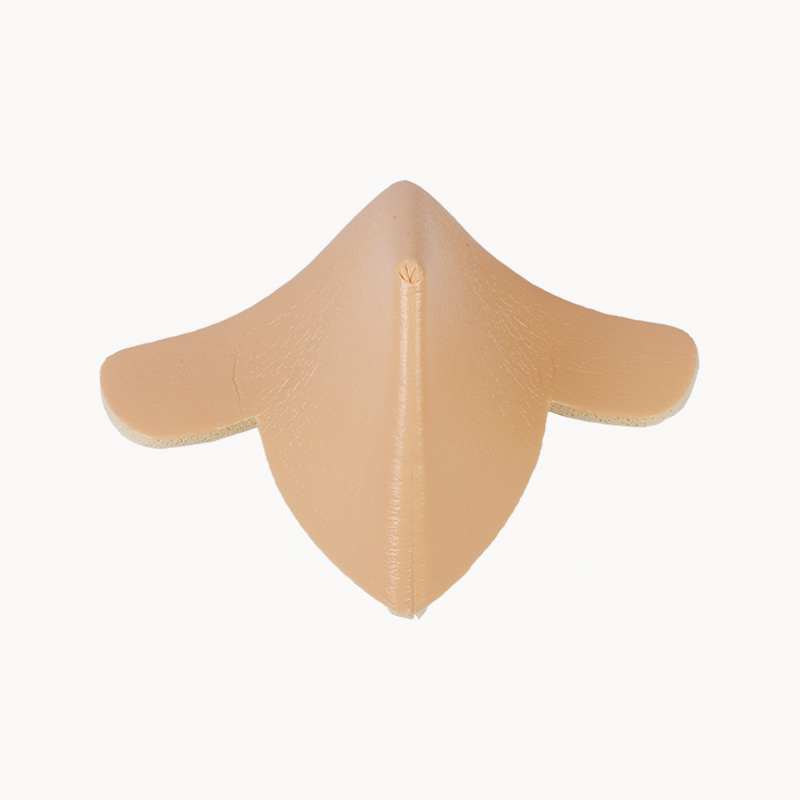
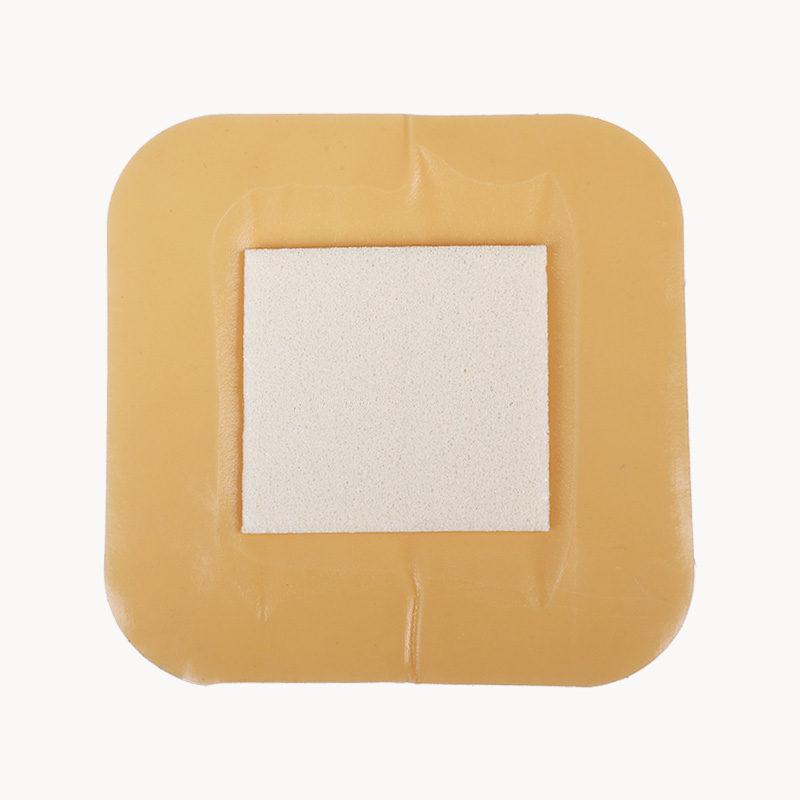
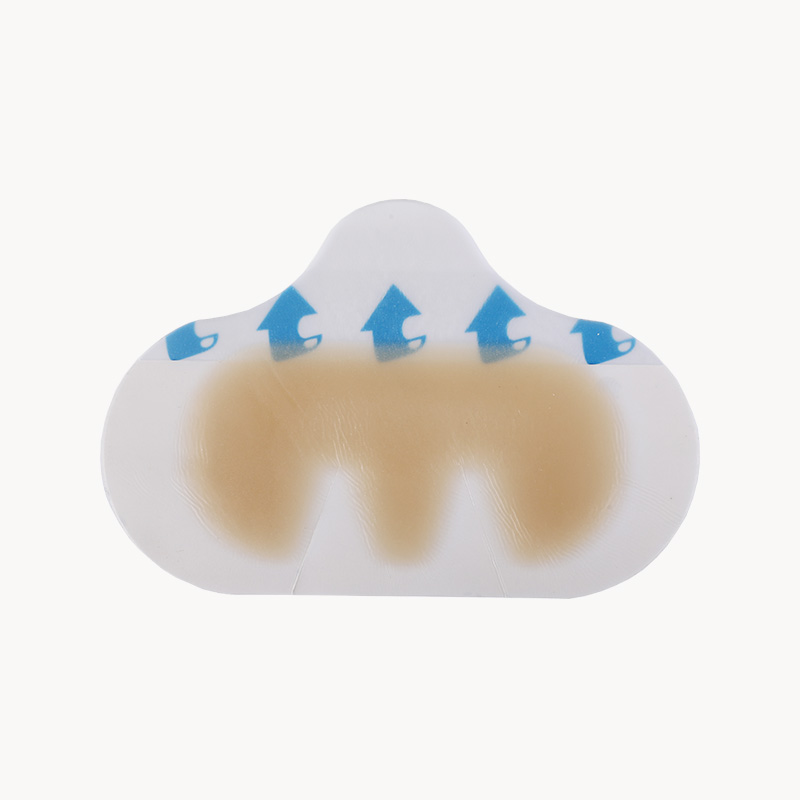
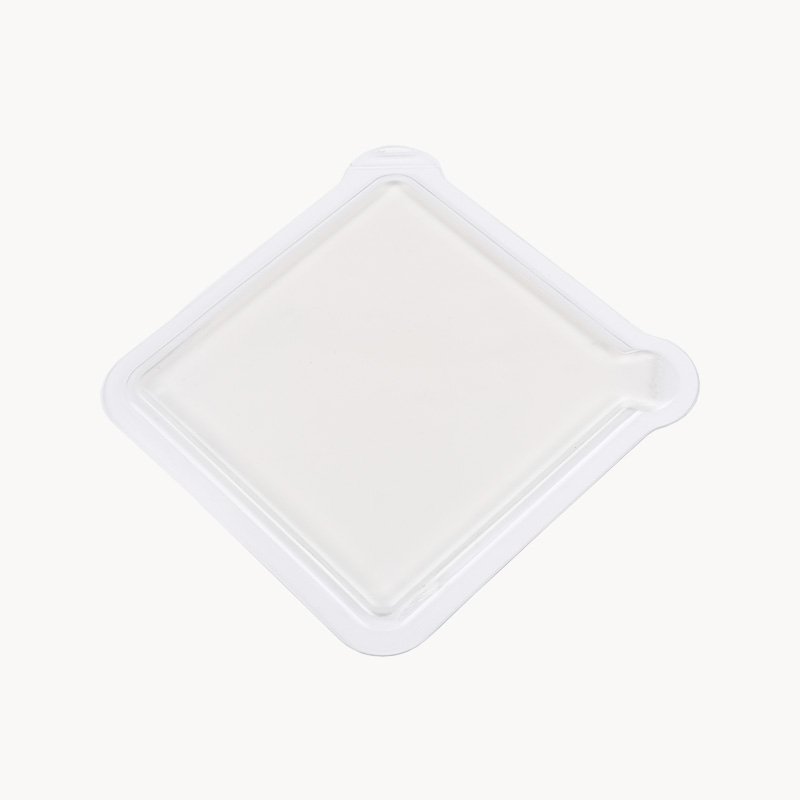
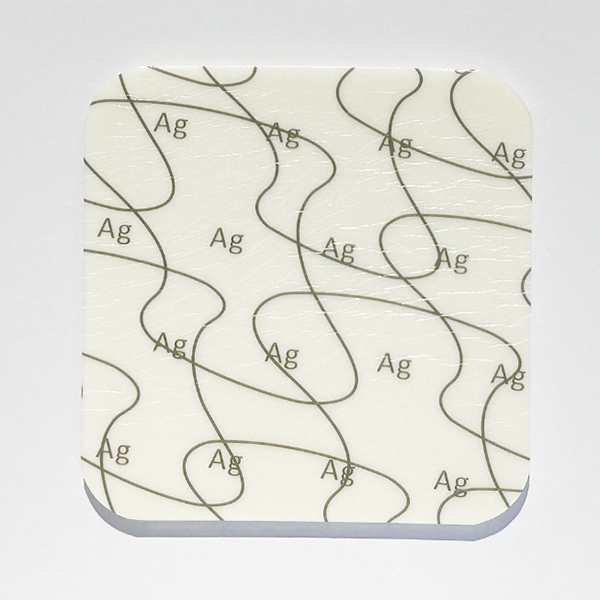
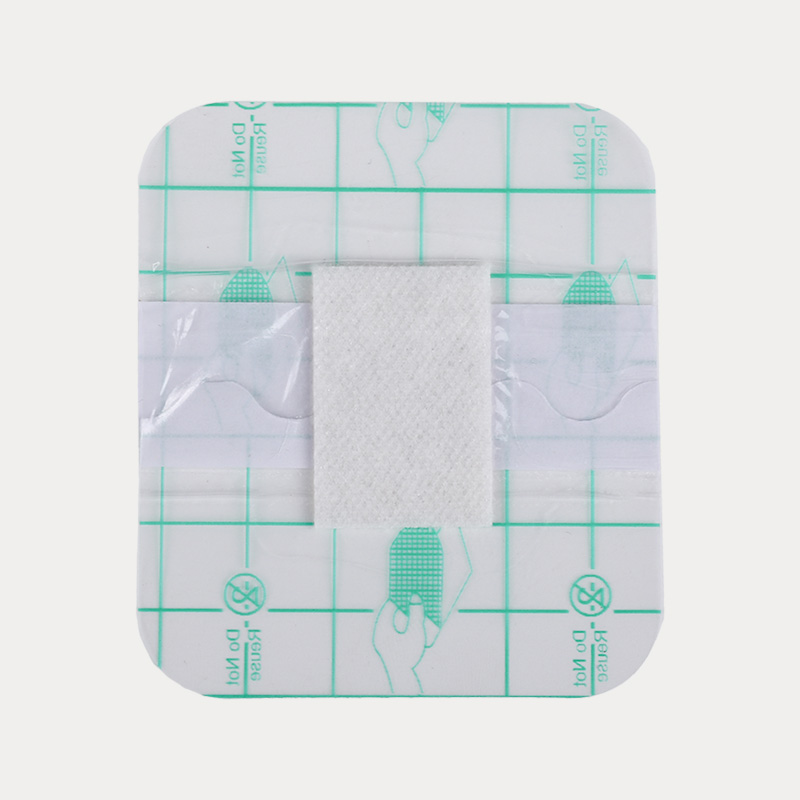
.jpg.png)
